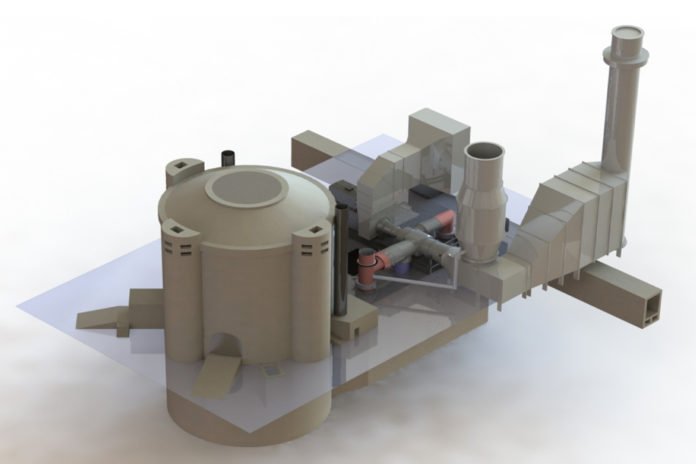Firebricks have a high temp that they can withstand high heat. Thus, they are majorly used for technological armory since 3 millennials. Now, MIT scientists utilize it to switch away from fossil fuels and rely instead on carbon-free energy sources.
Scientists actually want to use of electricity produced when demand is low by using electric resistance heaters, which convert electricity into heat. These devices would use the excess electricity to heat up a large mass of firebricks. They then hold the heat for long stretches in the event that they are encased in a protected packaging. This heat could then be used for industrial use.
Although, this technology already in use, its potential usefulness is a completely new phenomenon. It achieved by the fast ascent of irregular sustainable power sources, and the eccentricities of the way power costs are set.
Charles Forsberg, a research scientist said, “Technologically, the system could have been developed in the 1920s, but there was no market for it then. The demand for industrial heat in the U.S. and most industrialized regions is actually larger than the total demand for electricity.”
“And unlike the demand for electricity, which varies greatly and often unpredictably, the demand for industrial heat is constant and can make use of an extra heat source whenever it’s available, providing an almost limitless market for the heat provided by this firebrick-based system.”
Scientists called this system as FIRES (Firebrick Resistance-heated Energy Storage). It would raise the minimum cost of power on the utility showcase. Currently, it can dive to just about zero now and again of high creation.
By diverting excess output into thermal storage by heating a large mass of firebrick and selling it directly could essentially set a lower limit on the market price for electricity. It could also make more carbon-free energy more profitable and encourage expansion.
Forsberg said, “In electricity markets such as Iowa, California, and Germany, the price of electricity drops to near zero at times of high wind or solar output. Once the amount of generating capacity provided by solar power reaches about 15 percent of the total generating mix, or when wind power reaches 30 percent of the total, building such installations can become unprofitable unless there is a sufficient storage capacity to absorb the excess for later use.”
“At present, the options for storing excess electricity are essentially limited to batteries or pumped hydroelectric systems. By contrast, the low-tech firebrick thermal storage system would cost anywhere from one-tenth to one-fortieth as much as either of those options.”
The firebricks are electrically conductive act as low-cost resistance heaters on their own while producing and storing heat. Turning the heat into electricity is a major technical challenge. That is the reason producing electricity with the conventional turbines used for natural gas power plants requires a much higher temperature.
Regis Matzie, the now-retired Chief Technical Officer said, “I believe that FIRES is an innovative approach to solve a real power grid problem. The way prices for electricity are determined in this country produces a skewed electricity market produces low or even negative market prices when a significant fraction of electrical energy on the grid is provided by renewables.”
“A very positive way to correct this trend would be to deploy an economical way of storing the energy generated during low electricity market prices, e.g. when the renewables are generating a large amount of electricity, and then releasing this stored energy when the market prices are high. FIRES provides a potentially economic way to do this, but would probably need a demonstration to establish the operability and the economics.”
